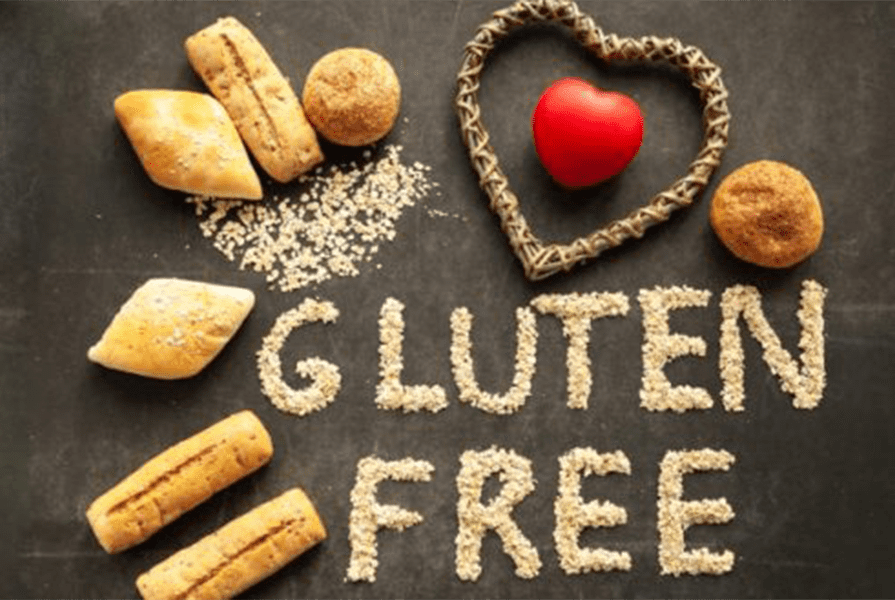Gluten is a protein found in many grains including wheat, wheat, barley, kamut, spelled and rye. Symptoms are mainly gastrointestinal: pain, swelling or nausea, diarrhea. In chronic forms, non-digestive symptoms are associated: mental confusion, headache, joint pain with aggravation of arthritis, fatigue, mood disorders, insomnia, eczema, rhinitis Gluten intolerance should not be confused with celiac disease: it is a response of the autoimmune system to gluten from the first days of life with severe diarrhea, abdominal colic with vomiting, poor growth, anemia, eczema.
Gluten intolerance is in fact a non-celiac gluten hypersensitivity (Leaky Gut) which leads to recovery once food tolerance is re-established.Salicylates intolerance Salicylates are compounds found in many plant foods: fruits, citrus fruits, vegetables, herbs and spices. They are also common in artificial flavors and preservatives, including those in toothpaste, chewing gum, and candy.
Some of symptoms
Some of these symptoms may occur in people with impaired tolerance: hives, eczema, stomach pain, diarrhea, tiredness, rhinitis with stuffy nose, asthmaFood toxicosis Some foods contain chemicals that are responsible for gastrointestinal upset. For example, undercooked beans contain aflatoxins which can cause extremely unpleasant digestive problems. Likewise, the ingestion of some types of non-fresh fish creates a toxic reaction from increased histamine release following improper storage or processing.Food additives and intolerances According to the Asthma and Allergy Foundation of America, some food additives also cause intolerances.
Additives are used to enhance flavors, make foods more attractive and increase their shelf life. Examples of food additives include:
- antioxidants
- artificial dyes
- artificial flavors
- emulsifiers
- flavor enhancers
- preservatives
- sweeteners
The food additives that may cause adverse reactions: Nitrates: These preservatives are common in processed meats, and symptoms of an intolerance can include headaches and hives. Monosodium Glutamate (MSG): This flavor enhancer can cause headaches, chest tightness, nausea and diarrhea in intolerant individuals.

The Recaller Food Inflammation Test
Sulfites: Common sources of these preservatives include red wine, dried fruit, fresh shrimp, and some jams and jellies. People with intolerance may experience chest tightness, hives, diarrhea, and sometimes anaphylaxis. Table of intolerance substancesThe test for intolerance: the recallerThe principle of rotation to recover tolerances In the suspicion of a food intolerance, an exclusion diet can already give a general indication but not a certainty.
How often when eating bread one thinks only of gluten, forgetting the yeast present in it. For a safe approach I research, in the study where I receive, the food groups responsible for inflammation. The Recaller Food Inflammation Test is performed by taking a few drops of blood from the fingertip. The Gek laboratory of the Tor Vergata University searches for Baff antibodies, an index of food-reactive inflammation.
The test delivered to the patient allows to prepare a desensitizing food plan according to the rotation principle.Diet in food intolerances The goal of the diet in food intolerances is to recover the friendship towards food. That is, recover food tolerance. You have to abstain from food that you are sensitive to for a few days of the week by reintroducing it with the first clinical improvements. This desensitizing diet that I recommend is the Rotation diet.Rotating diet intolerances Once the responsible foods have been precisely identified, it will be necessary to completely eliminate them from the daily diet with the aim of gradually reintroducing them. The completely detoxified body will no longer recognize those sensitive foods as harmful and will accept them again without problems.

